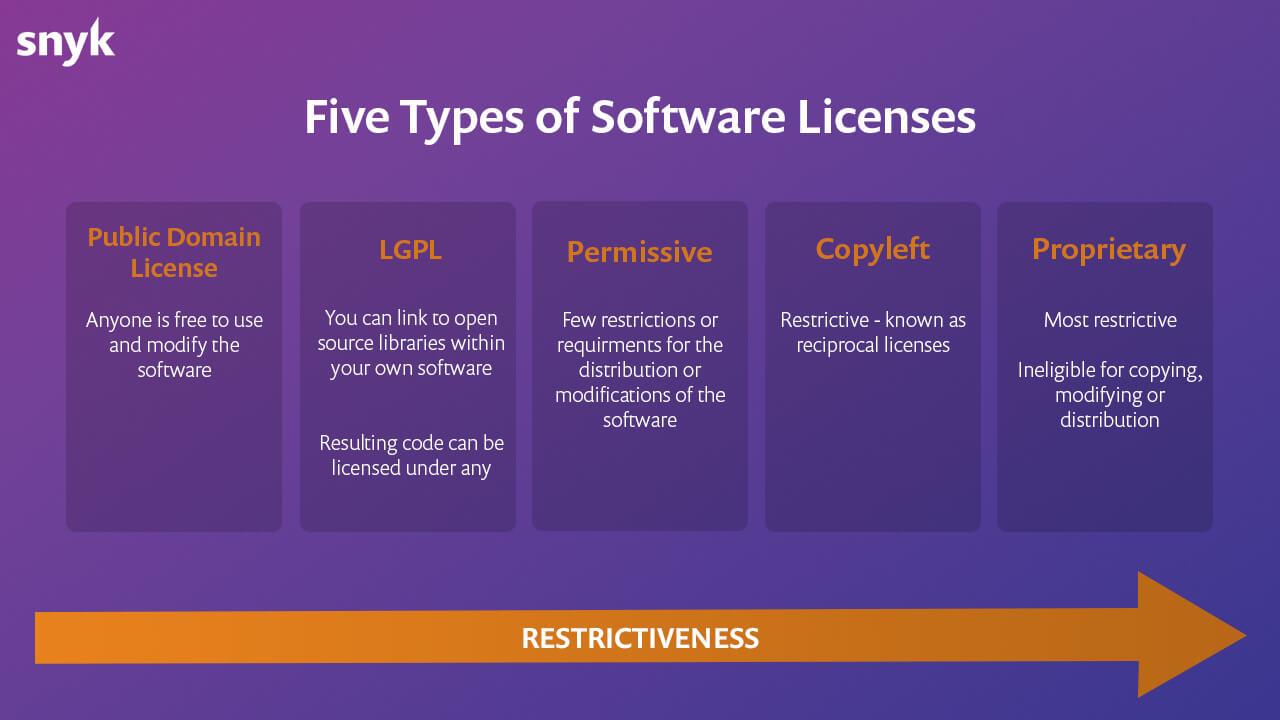試してみませんか?
Copyleft: The rise of open-source software licensing
The way developers view the concept of software didn't start until 1958. In a paper published in the American Mathematical Monthly journal, John Tukey was the first to refer to routines, compilers, and automative programming as software. He attempted to illustrate that the hardware consisting of tubes, transistors, wires, and tapes depended just as much as on the 'unseen' elements like the code used to operate the system.
A few years later, most of the world's major corporations had caught up, and companies started to copyright software to protect it from free distribution or modification. The U.S. Copyright Offices received their first submission of software for copyright from North American Aviation on November 30, 1961.
The trend continued until one day; a new printer arrived at MIT, where the source code was suddenly proprietary. It prompted Richard Stallman to push for keeping source code open, eventually publishing his GNU manifesto in 1985.
Copyleft is a term that first appeared in the Tiny BASIC program written by Dr. Li-Chen Wang in 1976. Widely considered the first freeware, the program's distribution included copyleft and all wrongs reserved as part of the licensing text, an obvious statement of opposition to copyright. Stallman took note and used the idea of copyleft to formulate the first GNU General Public License (GPL) in 1988.
What is copyleft?
Copyleft is a method of making intellectual property reusable and modifiable without any restrictions, except that anything new produced using the original asset must also be available freely. This can apply to everything from works of art to software.
The movement continued and led to the creation of today's major open source libraries and repositories. In 2016, Unicode accepted a proposal to include the copyleft symbol that is now available in Unicode 11.0 and greater.
Copyleft vs. Copyright
It's common to wonder what is copyleft and how it is different from copyright. In what may seem a contradiction, copyleft uses copyright to ensure the software remains free. Copyright law enshrines the rights to the owner of the work to control all reproduction, modification, and use of the copyrighted material.
Copyleft uses this law to enforce freedom of use (including all other rights) and grant subsequent users to modify, distribute, and use the software as they please. While copyright limits freedom, copyleft enforces it on all subsequent material based on the original work.
Copyleft vs copyright in open source
Copyleft is the opposite of copyright, and is used widely in Open Source development, the copyleft license allows creators, contributors, and maintainers to make changes to open source projects, and share them with the community.
Although copyleft licenses allow for selling modifications of open source code, it removes any restrictions for how the recipient uses the code and mandates the developers to share all of the source code with the recipients. Copyleft expressly grants the same rights to subsequent users, making it illegal to keep source libraries confidential under the license if the team releases the software.

What is a Copyleft License?
Copyleft licenses allow software to be modified and re-distributed by anyone as long as the same rights are also preserved in derivative works.
What are the most popular copyleft licenses?
The most popular copyleft license remains the GPL published by Stallman in 1988. Since then, GPL has evolved, and the latest version is the GPLv3. To clarify previous legal challenges, the Free Software Foundation (FSF) also published additions to the GPL, including the Lesser General Public License (LGPL) and the Affero General Public License (AGPL).
Other copyleft licenses include:
Mozilla Public License – Currently in version 2, the Mozilla Public License (MPL) requires developers to make source code available on release but doesn't enforce the same requirements on other proprietary components.
Eclipse Public License – Published by the Eclipse Foundation, the EPL 1.0 license is similar to the GPL but allows users to link to proprietary code without publishing the source code.
Open Software License – A simple to understand license for a wide range of projects. Like the AGPL, users of the Open Source License 3.0 will need to disclose their source code when distributing the software.
Microsoft Reciprocal License – This license only allows for sublicensing products with other licenses that comply with the Microsoft Reciprocal License (Ms-RL). Files that remain the user's work can remain closed, but all other files should be open and available to other users.
For a more comprehensive list of copyleft licenses, view this list, or read more about open source licenses comparison.
Is copyleft an intellectual property?
Although copyleft grants the rights to modify, change, or distribute other people's creations, most analysts view it as returning to one of the earliest forms of intellectual property. The intention to enshrine the rights of users to share and build on ideas falls into the philosophical concept of common heritage (i.e., standing on the shoulders of giants). It is a bridging mechanism that encourages growth from social knowledge. u003cbru003e
What is copyleft in open source software?
Permissive licenses allow collaborative projects to become proprietary if required, which is something expressly prohibited by copyleft. Copyleft intends to enforce user freedom during all stages of a code base's lifecycle.
In the context of GPL, it means any product built on a previous user's work will remain accessible to other users in the future. Although different versions of GPL can comply with other proprietary licenses, the GPLv3 will force teams to make every aspect of their code available to the public.
Taking this approach to software development doesn't necessarily limit commercial interests. If a product serves a public need, there will be an incentive to maintain it, and that is the commercial model championed by the copyleft principle.
Manage your open source licenses with Snyk
If your team needs to manage your software license compliance while referencing and linking to many open source libraries, you'll need a license compliance management tool to assist. Snyk has a right one for you.
Check out Snyk's license compliance management solution, or schedule a demo to learn more.
Up Next
What is the AGPL license? Top questions answered
Learn more about AGPL license: advantages, terms and conditions, commercial use, and more. Determine whether the AGPL 3, LGPL 3, or standard GPL 3 will suit your project.
続きを読む



















